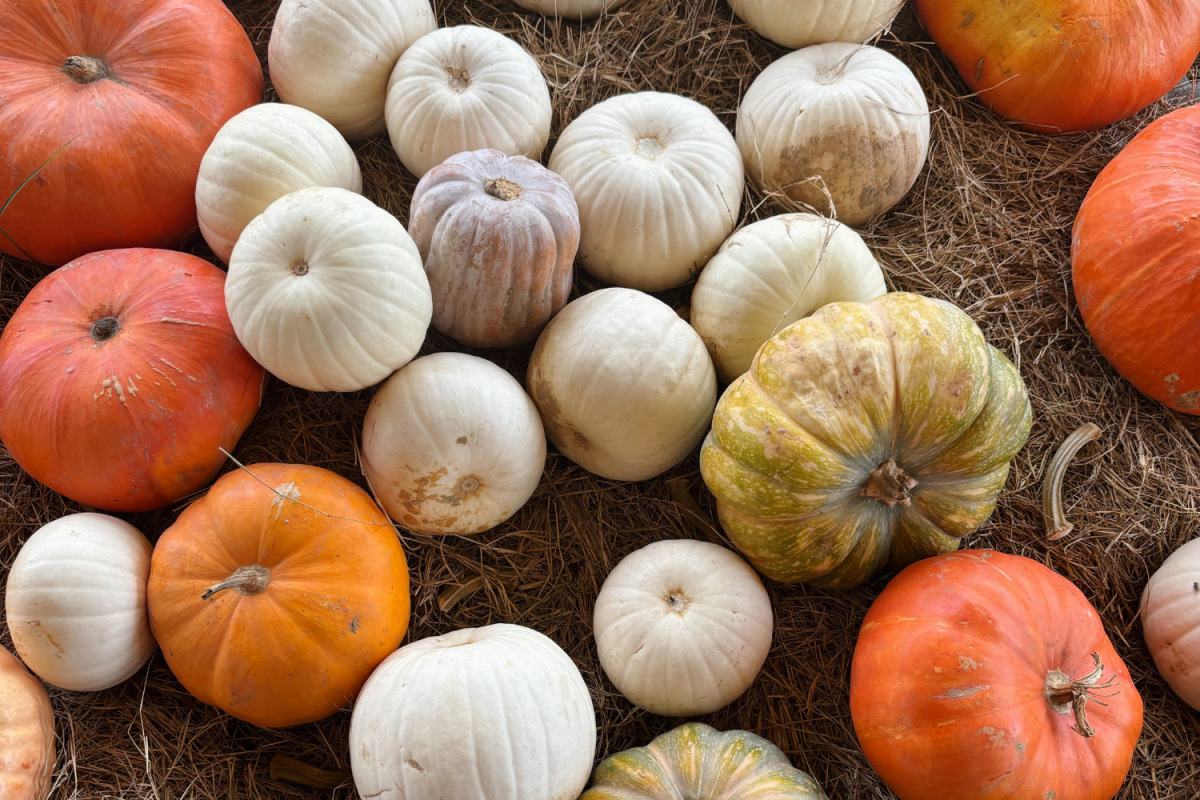From filling stores with spooky decorations to taking over movie theaters with scary thrillers, Halloween bleeds into every day of fall, building anticipation for the climactic festivities on Oct. 31. The crowds of kids, teenagers, and even adults, in costumes to trick-or-treat is a testament to the joyful fun the holiday brings to all ages. Yet, the mysterious origins of these Halloween traditions are often unknown. Hence, what did today’s Halloween practices stem from? Where does it originate? And what was Halloween before it got its name?
Plant senior Ellianna Valkenburg has a hypothesis. “I think there’s a thing where people used to dress up to scare away spirits that come out on Halloween. I like that theory,” Valkenburg said. Diving into history, the obscure holiday’s beginnings are revealed just in time for the spooky season.
Halloween’s origins date back to the ancient Celts in Ireland and Great Britain. Around the time between 700 B.C.E and 400 C.E., Halloween was known as Samhain, a days-long, pagan celebration for the new year, halfway between the fall and winter equinoxes. The Celts would light a large bonfire and make animal sacrifices, with Druid priests in attendance. In addition, Celts believed the veil between the living world and the dead was thinnest at that time of year. However, any ancestors who came through the veil were targeted to be kidnapped by fairies, leading Celts to dress up as scary creatures to frighten fairies away and protect their families’ visiting spirits. As these traditions progressed into the Middle Ages, Celts carved faces into turnips to keep away unwelcome, villainous spirits. This practice eventually grew into the pumpkin carving jack-o-lanterns widely known today.
Valkenburg’s theory was correct, in that the Celts dressed up as monsters to scare mischievous fairies away; it can be assumed that putting on festive costumes in the present might have evolved from this Celtic practice, as well as other aspects of the ancient celebration.
Samhain began to transform into its modern equivalent around the sixth century, as Christianity spread around Europe. After unsuccessful attempts to replace Samhain’s pagan aspects, a pope moved All Saints’ Day to Nov. 1, making Samhain the eve of a hallowed holiday. Thus, All Hallow’s Eve–Halloween–was born.
The holiday’s popularity in the U.S. would not become widespread until the nineteenth century when many Irish immigrants moved to America and brought the traditions of Halloween with them. Since then, participation in the centuries-old celebration has grown into costume-wearing, pumpkin-carving fun. Many of Samhain’s traditions may have been lost to time, but certain fragments have survived and evolved into the modern practices popular today.
Facts and research used from Britannica and History.
Samhain ‑ Traditions, Halloween, Wicca | HISTORY
Halloween | Definition, Origin, History, & Facts | Britannica
Literary Periods Historical Timeline Infographic in Beige Vintage Hand Drawn Style by caporcelli

